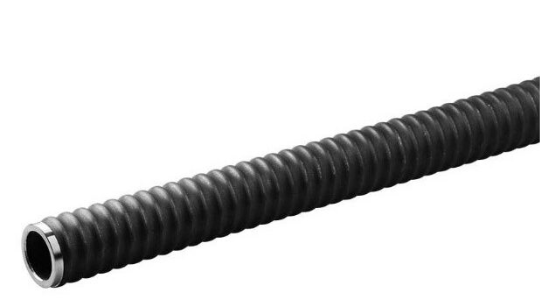Home » Self-Drilling Soil Nails: A Practical Solution for Ground Stabilization

In geotechnical construction, self-drilling soil nails have become a preferred method for stabilizing slopes, retaining walls, and excavation faces—especially in loose or collapsing ground conditions. By combining drilling, grouting, and anchoring into a single operation, these systems offer a fast, efficient, and reliable alternative to conventional soil nailing techniques.
Self-drilling soil nails are hollow steel bars with a sacrificial drill bit at the tip. As the bar is rotated into the ground, grout is simultaneously injected through the hollow core. This process eliminates the need for pre-drilling and casing, making it ideal for unstable or water-logged soils where boreholes might collapse before grouting.
Key components include:
Self-drilling soil nails are widely used in:
Their ability to be installed quickly and securely in difficult ground makes them especially valuable in time-sensitive or space-constrained projects.
While versatile, self-drilling soil nails may not be ideal for:
Self-drilling soil nails offer a practical, efficient solution for reinforcing unstable ground in a wide range of construction scenarios. Their ability to simplify installation while delivering high performance makes them a valuable tool for engineers and contractors working in challenging geotechnical environments.
